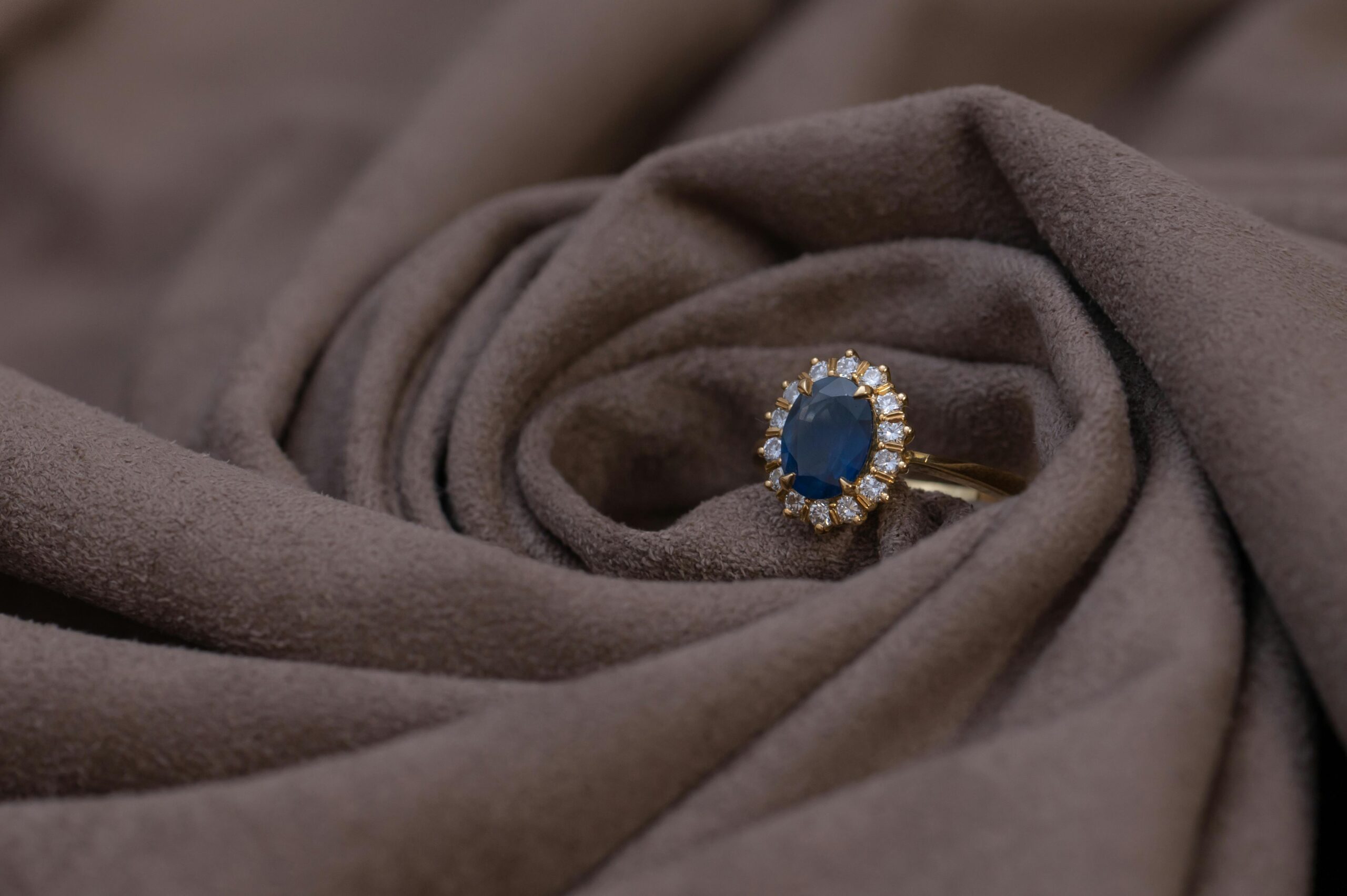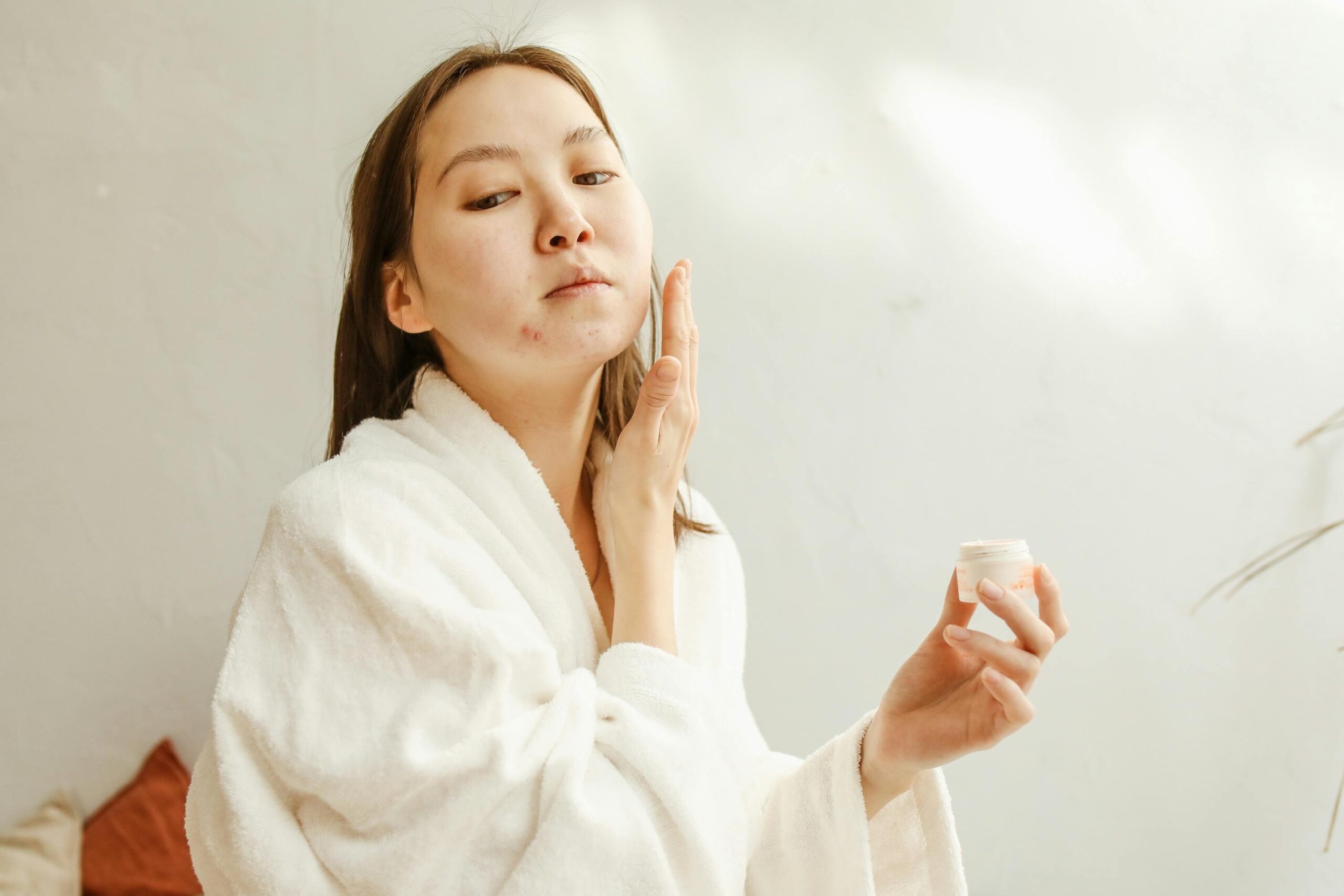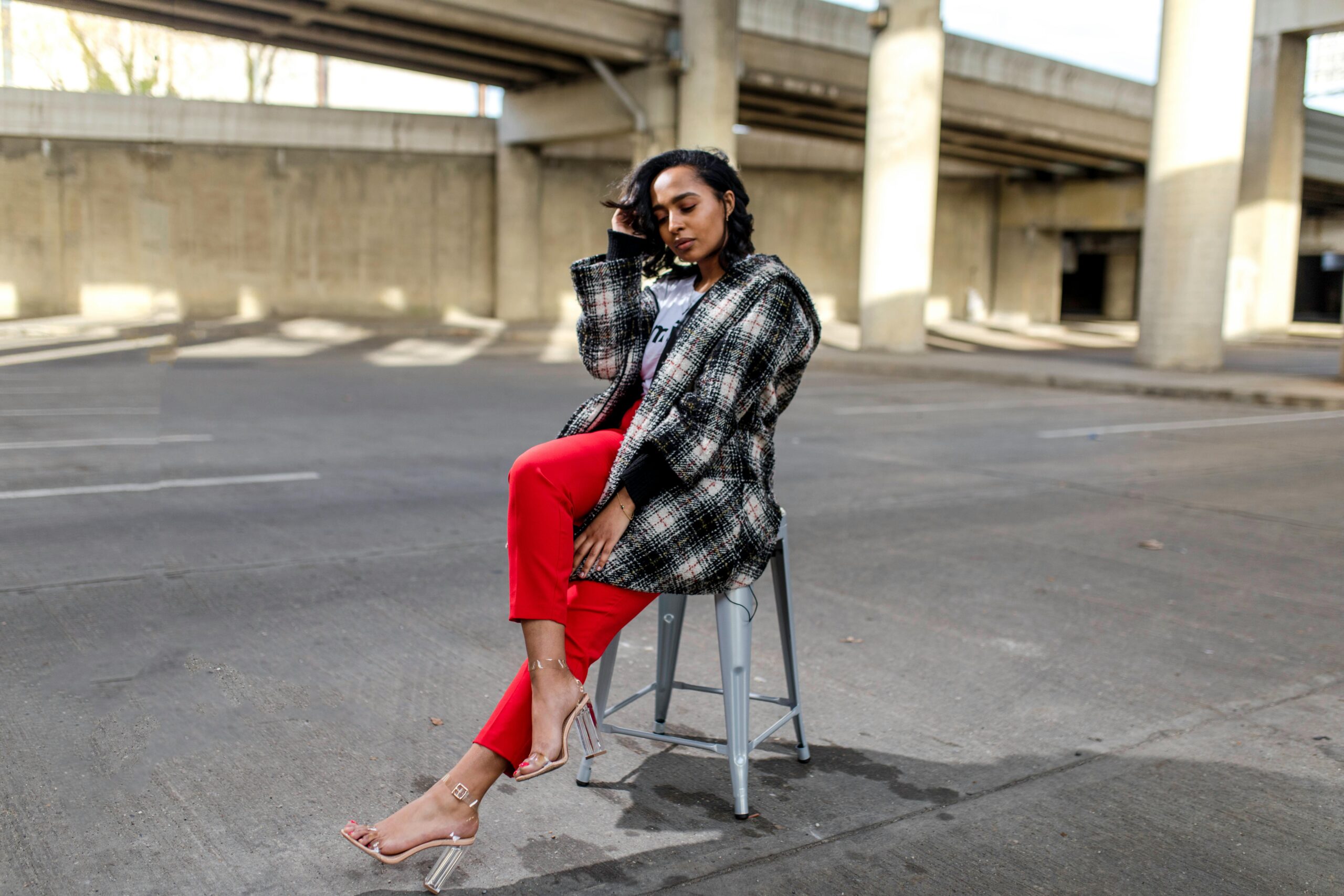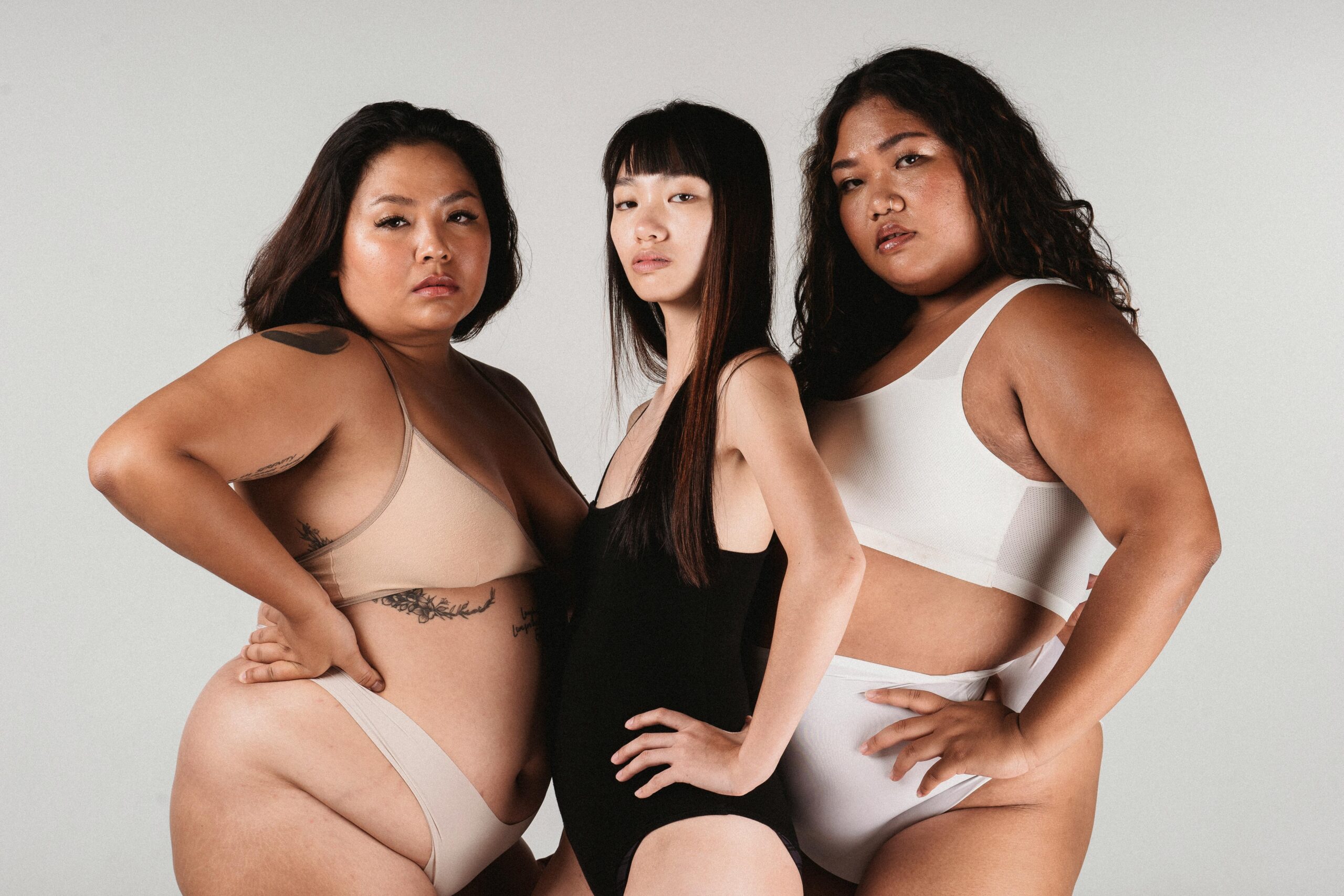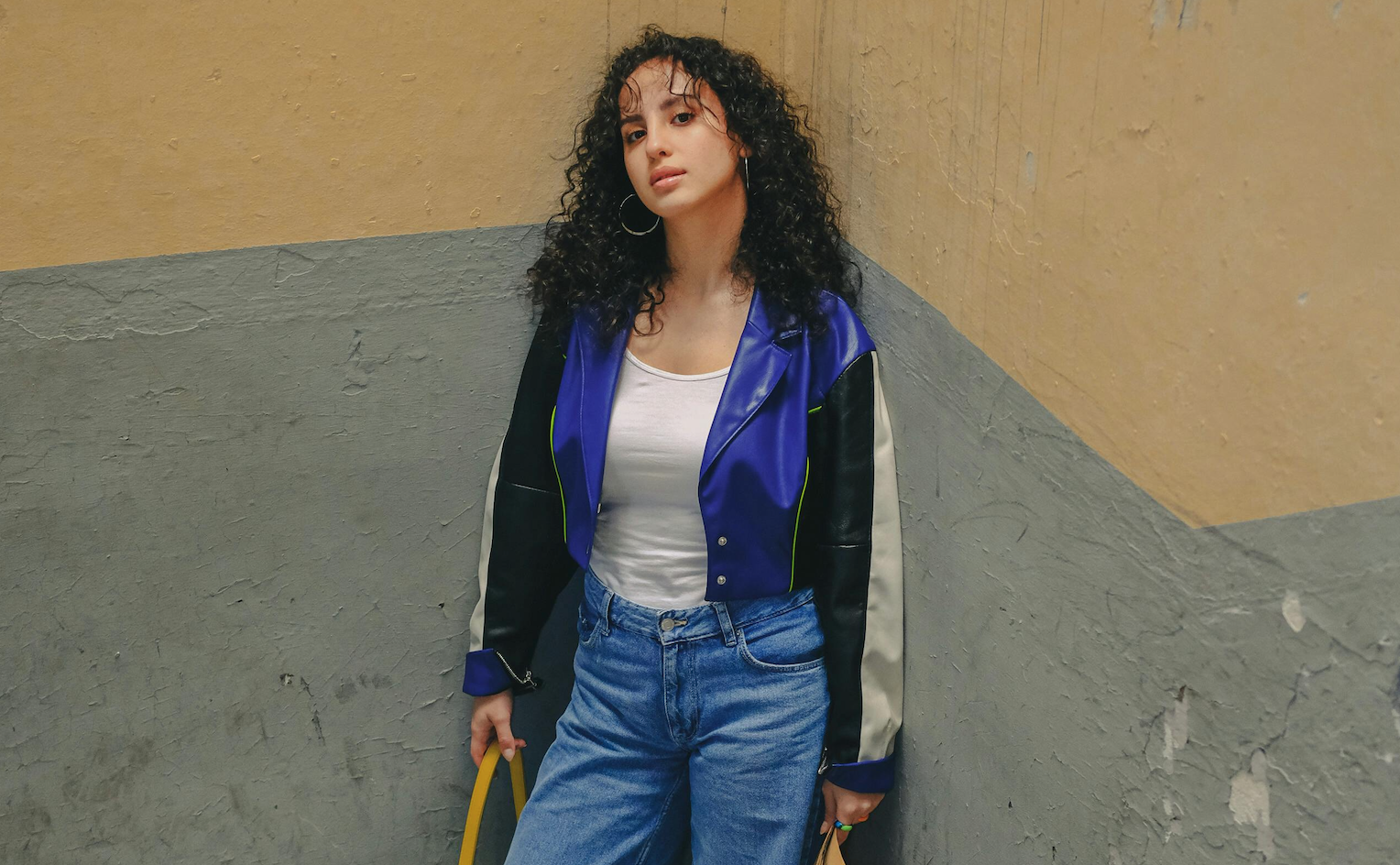
By Catherine Smith
Virtual reality (VR) is a technology-driven environment where virtual objects are simulated in the real world. With the help of computer processors, screens, VR headsets or helmet devices, the users are transported to a virtual world in real-time. As VR is becoming a mainstream option in a number of industries, we can see its increased use in the fashion and retail industry.
From creative apps enabling virtual try-on to virtual fitting rooms with 3D animations and graphics, the possibilities of implementing VR in the fashion industry are endless. Moreover, to address the changing behavior and meet the growing needs of tech-savvy consumers, brands are thinking forward to take a leap in the future of fashion with revolutionary ideas. As physical and digital worlds are continuously merging, here is a look at how VR is redefining the fashion industry.
A profitable solution
The fashion industry not only relies greatly on VR to upgrade its services but has also benefitted a lot with its technological revolution. As VR gives customers an opportunity to check and try garments virtually, it gives brands an idealistic possibility to enhance customer commitment. Apart from enhancing consumer’s experience, VR has also redefined the standards of the fashion industry.
A significant feature of merging VR with the fashion industry is that it can streamline the manufacturing processes, marketing and customer services. Additionally, experts believe that with the help of VR fashion industry is expected to bridge the current gap between their online and offline stores. Implementing VR will also help brands in delivering quality and economical products and will also improve their overall efficiency.
Personalized shopping experience
Fashion stores can provide a personalised shopping experience to their customers with the help of VR. As VR uses technology, with a simple installation and software fashion stores can make it easier for the store assistants to take the customers on a virtual shopping journey. VR software comes with 3D avatars also known as virtual humans that help shoppers in virtually trying various outfits. Additionally, VR software also provides styling suggestions to shoppers based on their interests. This virtual trying and styling improvises the overall shopping experience of customers and also minimises the time spent by store staff in assisting the customers.
Fashion store planning
While VR can be efficiently used by fashion brands to impress their audience with the use of technology, it also helps brands in planning their entire stores. By using VR, storekeepers can effectively plan the store layout and design in a virtual space. As VR allows users to recreate all the things in a digital setting, brand stores can try various designs and layouts to recreate their store and chose the most optimal layout. Although planning a store layout with VR can appear to be a costly solution, it helps fashion brands in saving time and resources spent on physically redesigning stores to understand which layout works and which doesn’t work. As VR also offers fashion designers a vast number of options they also prefer to experiment in VR to designing new and outstanding products.
Environmental benefits
After the introduction of the concept of online shopping, people have already reduced their regular trips to fashion stores for window shopping. People mostly prefer to visit a store to try on different apparel and when they really intend to buy something new. However, as VR allows shoppers to virtually try new clothes, people do not feel the need to travel to clothing stores for trying and purchasing new items. These reduced store trips are likely to minimise carbon emissions released into the environment. As shoppers are becoming more mindful about their shopping habits in future this digital fashion is expected to become a norm. Furthermore, virtual trying of clothes also saves the wear and tear and production losses caused to brands due to poor handling of clothes.
VR fashion shows
Fashion shows are very common at both local and international levels in countries all over the world. Whether a fashion show is for a local brand or a high-end brand, a lot of resources go into making a fashion event successful. Many times the invitations of high-end fashion shows are only given to a limited number of people and not everybody gets to access these events. As not invitees can travel to every fashion show, VR gives them an opportunity to virtually be a part of it in real-time. These virtual fashion shows give fashion lovers a fully immersive virtual fashion experience where they can see models wearing stunning outfits from their favorite designers and parading right in front of them. Fashion shows also give virtual visitors an opportunity to explore their collections in 360 degrees and portray different items based on their preferences.
Fashion training and education
In addition to providing remarkable customer service and reducing the environmental impact of fashion brands, VR is also used in the fashion industry for offering unmatched training and education to fashion aspirants. As brands are implementing technology-driven best practices into the fashion industry, they prefer to hire employees who have complete knowledge of the applications of VR in the fashion industry. Thus, various educational institutes have started introducing the next generation to immersive technologies such as digital printing and spreading machines.
The use of VR in education is also likely to help institutions in accelerating the learning procedures and in building awareness about the future technologies used in the fashion industry and retail supply chains. Furthermore, educational institutions can also use VR to organize virtual guest lectures with fashion experts from all over the world.
Taking Fashion To The Next Level
In the fashion industry, it is either the best or nothing. Since consumers do not expect anything mediocre from fashion brands, the fashion industry pays a lot of attention in creating a realistic impression of presence and closeness. VR can act as a major development in taking the fashion industry to the next level. By using advanced technology, tools and VR in a combination with a professional team, brands can create amazing products and also give their customers an extra-ordinary fashion experience.

Catherine Smith is an online Marketing Manager at PhD Centre, specializing in PhD thesis writing. She is passionate about researching and writing on various topics, including Education, Marketing, and Technology.











